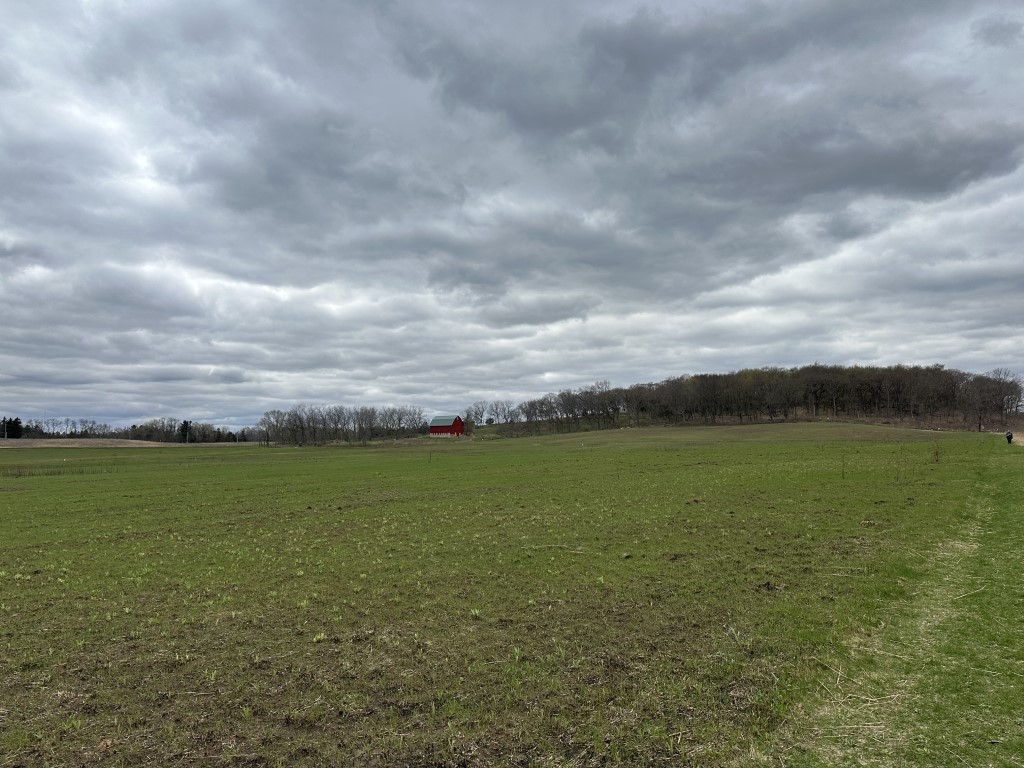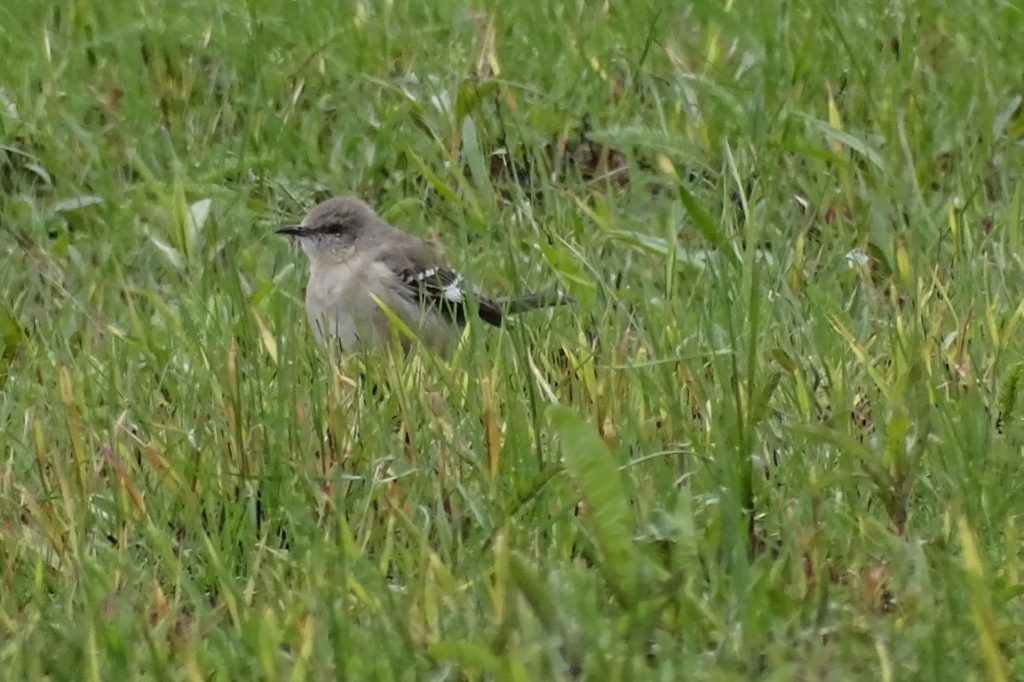I belong to several local birding groups and listservs that alert others when a rare, unusual or fun first-of-the-year birds are spotted somewhere in our area.
These types of resources weren’t available during my first couple of decades of bird watching, so it still feels a little like cheating to specifically drive or walk see a bird someone else found. But the joy I get from observing new or favorite birds in action always overcomes any urge I have to take myself off those bird alert lists.
Late last week there was alert about a Northern Mockingbird spending time in a prairie (with public hiking trails) just a few miles outside of our city. I’ve seen Northern Mockingbirds before in the southern United States, but when my original bird life list was lost in 2015, I decided it would be fun to start a new one from scratch.
I didn’t have a Northern Mockingbird on my new list yet, and this is not yet a common bird for Wisconsin (although some scientists expect they will become more common with warming temperatures).

Thankfully just as we arrived, another birder was just finishing her hike and she confirmed that the mockingbird was still in the same spot. We decided to bundle up and make the hike to see it.
It would’ve been a pleasant hike if the wind hadn’t been howling and causing a wind chill in the 20s. It was blowing so hard that it was nearly impossible to bird by ear.

The 3 fields we walked past were all full of robins and starlings and blackbirds, but we didn’t see the mockingbird. Then just as I was ready to give up and go back to my friend’s warm car, I saw a flash of white and lifted my binoculars. There he was, just as advertised!

In the spring, birds are more likely to migrate when there are southerly winds and favorable weather conditions. It had been rainy and cold for several days, so this particular bird was grounded and was making the best of of it by searching for insects in the prairie.
Here are a couple of fun facts about Northern Mockingbirds from the Cornell Lab of Ornithology: “The Northern Mockingbird frequently gives a “wing flash” display, where it half or fully opens its wings in jerky intermediate steps, showing off the big white patches. No one knows why it does this, but it may startle insects, making them easier to catch…Northern Mockingbirds continue to add new sounds to their repertoires throughout their lives. A male may learn around 200 songs throughout its life.”
While I would’ve loved to hear this bird sing too, I’m still glad I made the trek in the wind and cold to see him.
